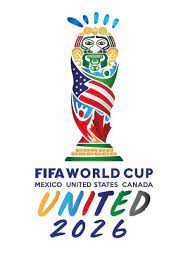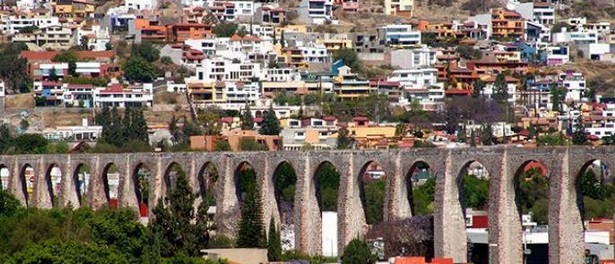Teach English in Queretaro
Living in Queretaro
Queretaro City is the capital of the State of Queretaro, located 220 km to the north of Mexico City by the federal highway 57D in Mexico. The city was founded in 1531, among bloody battles between native Indian and Spanish conquerors. The historic downtown offers the visitor over 460 years of history and tradition through its aqueduct, temples, mansions and palaces that make of this city one of the most beautiful colonial spots.
History
Querétaro was inhabited by the Otomí and P’urhépecha (Tarascos), the latter being the ruling people. There was also a small presence of nomadic tribes, called Chichimecas. There are some archeological sites dating from this era, such as the pyramid in Corregidora, and the sites of Ranas and Toluquilla in the Sierra Gorda.
The Spaniards reached the area in 1531, and they allied themselves with an Otomí chieftain called Conín. Legend has it that an agreement was reached, under which local Indians would accept Spanish rule and embrace the Catholic faith if they were defeated in a weapon free battle. The Spanish conquerors were about to lose, when suddenly, the sky went dark and out of it came Saint James the Great and a Fiery Holy Cross. The local Indians immediately accepted defeat, and so the city of Santiago (Saint James) de Querétaro was founded on July 25.
Pyramid of El Pueblito
Following the Spanish conquest, the area was recognized as being of strategic importance since it connected rich mining regions of Guanajuato, San Luis Potosí and Zacatecas with Mexico City. Expeditions that aimed to conquer the north of the country and to convert local people to the Catholic faith left from the city of Querétaro. This is the main reason why the downtown area boasts so many religious buildings dating from this era. Catholic missionary Junípero Serra departed from Querétaro towards Alta California, where he was responsible for the founding of what became major California cities (such as San Francisco). In 1707 the Hacienda “Juriquilla” was built north of Queretaro City. By the end of the 18th Century the owner of the property was “Pedro Antonio de Septién Montero y Austri”, son to “Agustín de Septién y Montero”, from León, Guanajuato. Between 1726 and 1738 the greatest work of civil engineering in the state was built. The aqueduct that provided water to the city of Querétaro from nearby springs was possible thanks to the donations of Juan Antonio de Urrutia y Arana, a Spanish nobleman. Legend has it that he was in love with a nun from the Convent of the Holy Cross, thus the aqueduct ended in a fountain in the Convent’s orchard. The city of Querétaro became so important during Spanish rule that it was dubbed “the third city of the kingdom” (after Mexico City and Puebla).
Cost of living
Based on the standard U.S. dollar exchange value the cost of living in Queretaro can vary from $480 USD to $700 USD. These figures are based on expenditure on housing, food, education, transportation, clothing, recreation, health, furniture, appliances and personal use.
A big feature of living in Mexico is that domestic help is relatively cheap compared to countries in the Western world. In Queretaro it is common to pay around $20 USD to a person (usually a woman) who will come and clean your apartment, iron clothes and if you’re willing to pay a bit extra, cook as well.
For expatriates often the most important starting references upon arriving in a foreign country are expatriate clubs and associations. Some of the most important are the American Society along with the DAR, the International Friendship Club, and Rotary International. American Society acts as a large umbrella organization harboring smaller clubs and associations that are based on particular fields of interest.
Climate
Queretaro enjoys year-round, hot & dry weather. The climate is ideal for taking part in a variety of outdoor sports and activities and for taking in the local culture, architecture and scenery. Rain is a seldom feature here; when they do come they tend to be during the months of April thru November. Rains tend to be fierce and brief in the late afternoon, leaving the evenings dry and cooled off.













